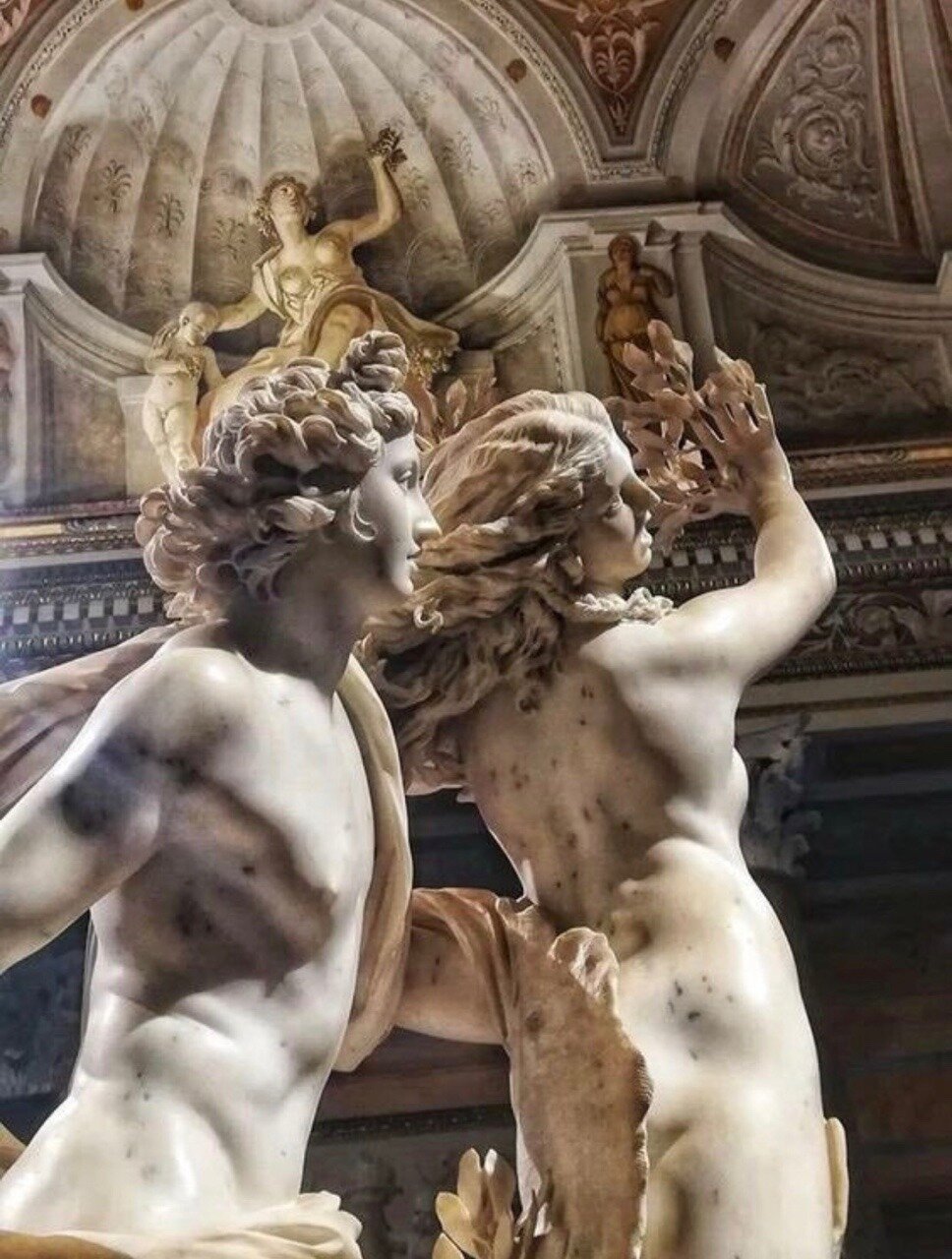Not yet 30 years old, the sculptor had achieved a remarkable feat by capturing motion, transformation, sexual appetite, and terror more convincingly than any other artist working in stone before him. “Immediately when it was finished, there arose such a cry that all Rome concurred in seeing it as a miracle,” art historian Filippo Baldinucci recalled of the masterpiece’s public debut in his 1682 biography, “Life of Gian Lorenzo Bernini.”
Almost 400 years later, the allure of Apollo and Daphne persists, captivating audiences with its formal mastery and its deeply relevant subject matter: the relentless pursuit of a woman by a man who won’t take no for an answer. The sculpture continues to mesmerize, not only for its artistic brilliance but also for the profound themes it explores—the timeless narrative of desire, resistance, and the consequences of unchecked passion.

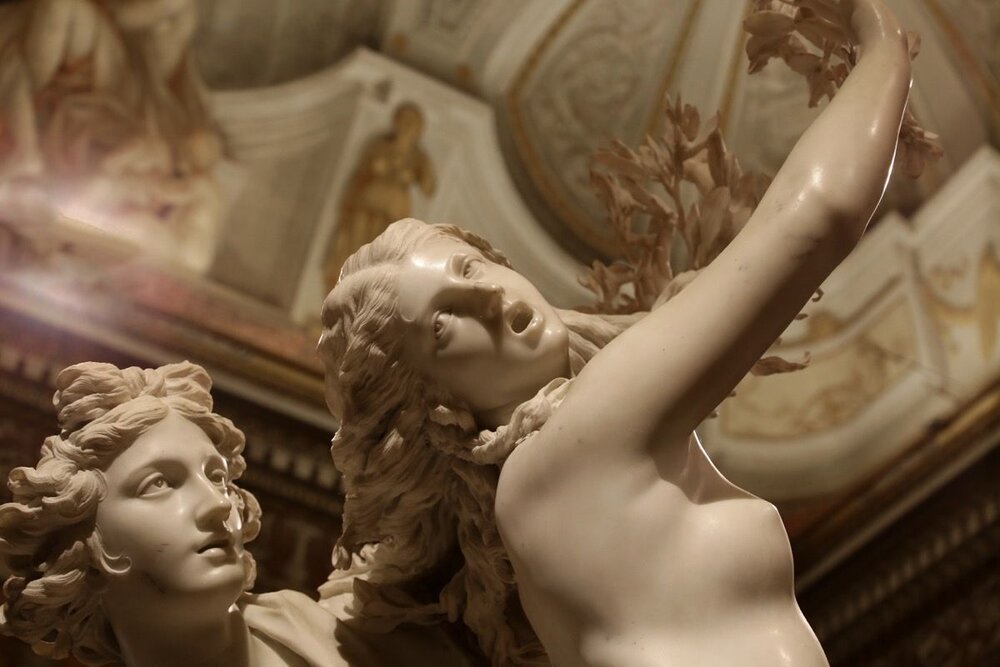
Within the intricate details of Gian Lorenzo Bernini’s “Apollo and Daphne” (1622–25), the sculptor masterfully unfolds the mythological drama between Apollo, the god of music and poetry, and Daphne, a virginal nymph. Bernini’s inspiration for this work likely stemmed from the classical sculpture “Apollo Belvedere” (circa 2nd century AD) and the ancient Roman poet Ovid’s rendition of the myth. In Ovid’s narrative, the story commences with a fateful contest between two male gods. After Apollo insults Eros (or Cupid), Eros orchestrates a scene of unrequited passion and possession. Shooting a golden arrow into Apollo, Eros compels him to fall desperately in love with Daphne. Simultaneously, Eros embeds a leaden arrow in Daphne, intensifying the repulsion she feels towards her pursuer.
In capturing this mythological tale, Bernini elevates the narrative beyond a mere representation of gods and nymphs. The sculpture becomes a profound exploration of desire, power, and the consequences of unbridled emotions. Each stroke of Bernini’s chisel breathes life into the marble, freezing a moment of intense emotion and divine intervention. The artist’s choice to depict the mythological scene not only showcases his technical prowess but also allows him to delve into the complexities of human relationships and the transformative power of love.
As viewers gaze upon the sculpture, they are drawn into the dynamic interplay of emotions—Apollo’s fervent pursuit and Daphne’s desperate escape frozen in time. The dual arrows, one golden and the other leaden, symbolize the paradox of love: its enchanting allure and the painful consequences that often accompany it. Through the fusion of classical inspiration and artistic innovation, Bernini’s “Apollo and Daphne” transcends its mythological roots, becoming a timeless masterpiece that continues to resonate with the universal themes of love, desire, and the enduring struggle between attraction and repulsion.
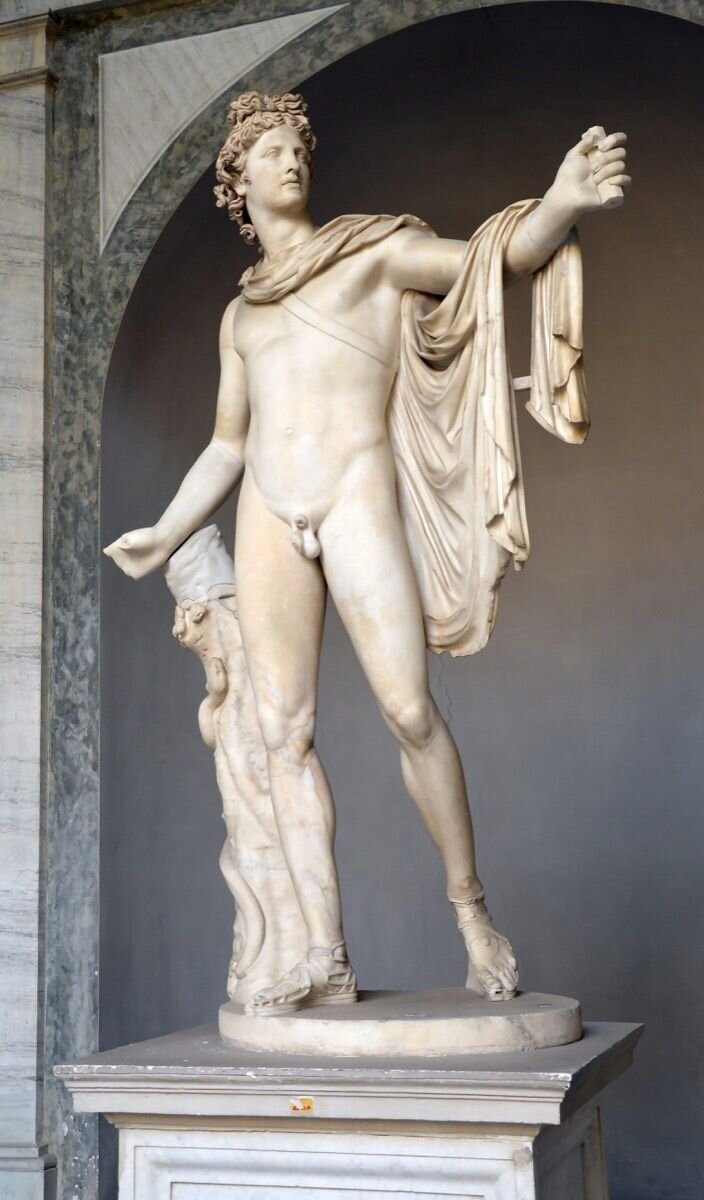
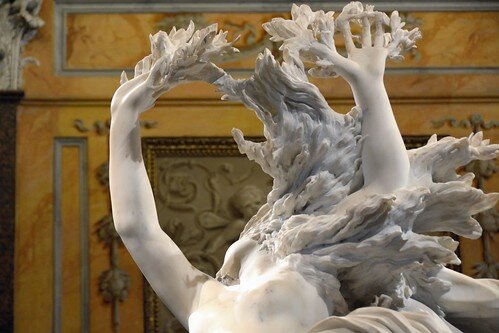
.
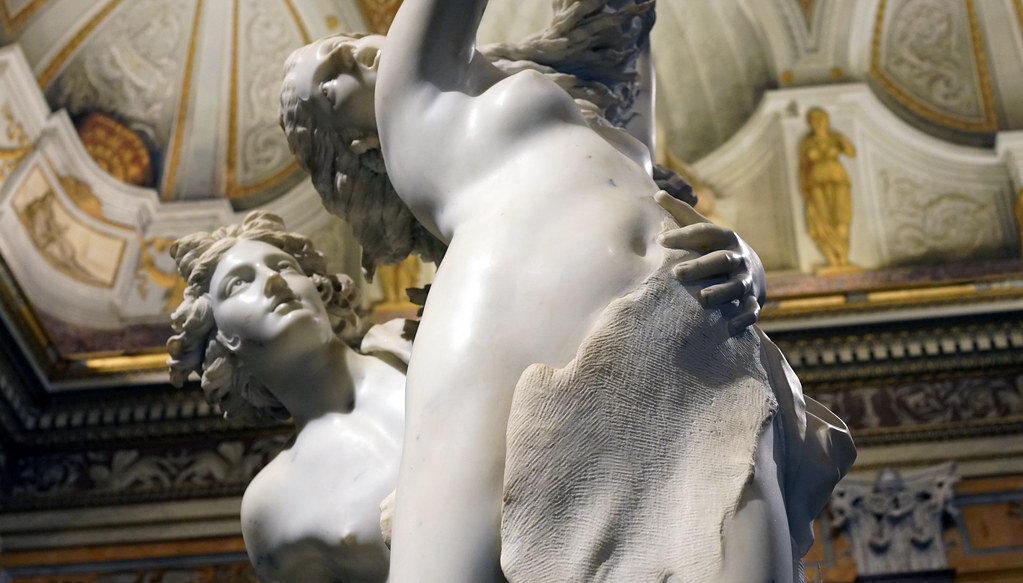
.
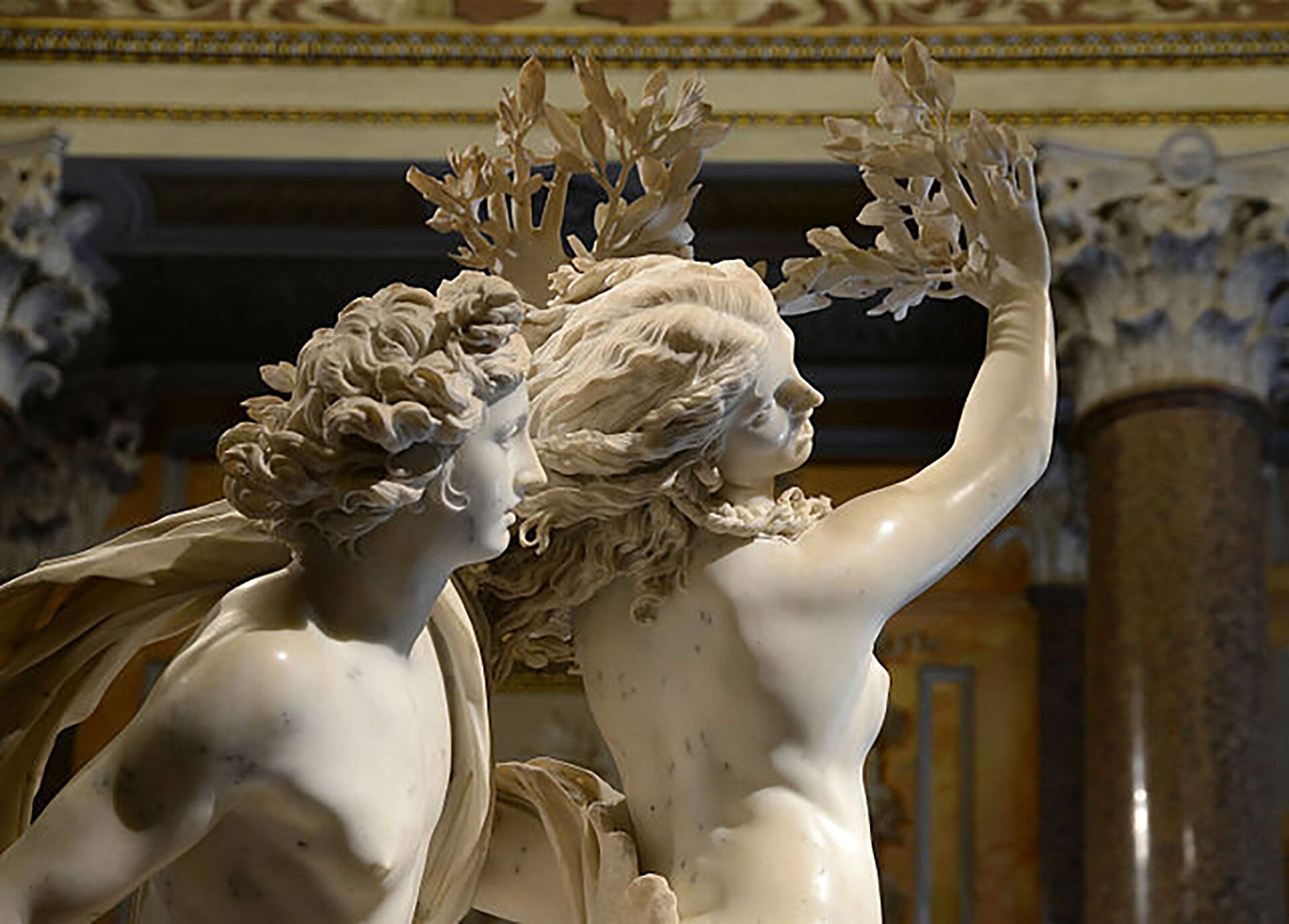
..

.
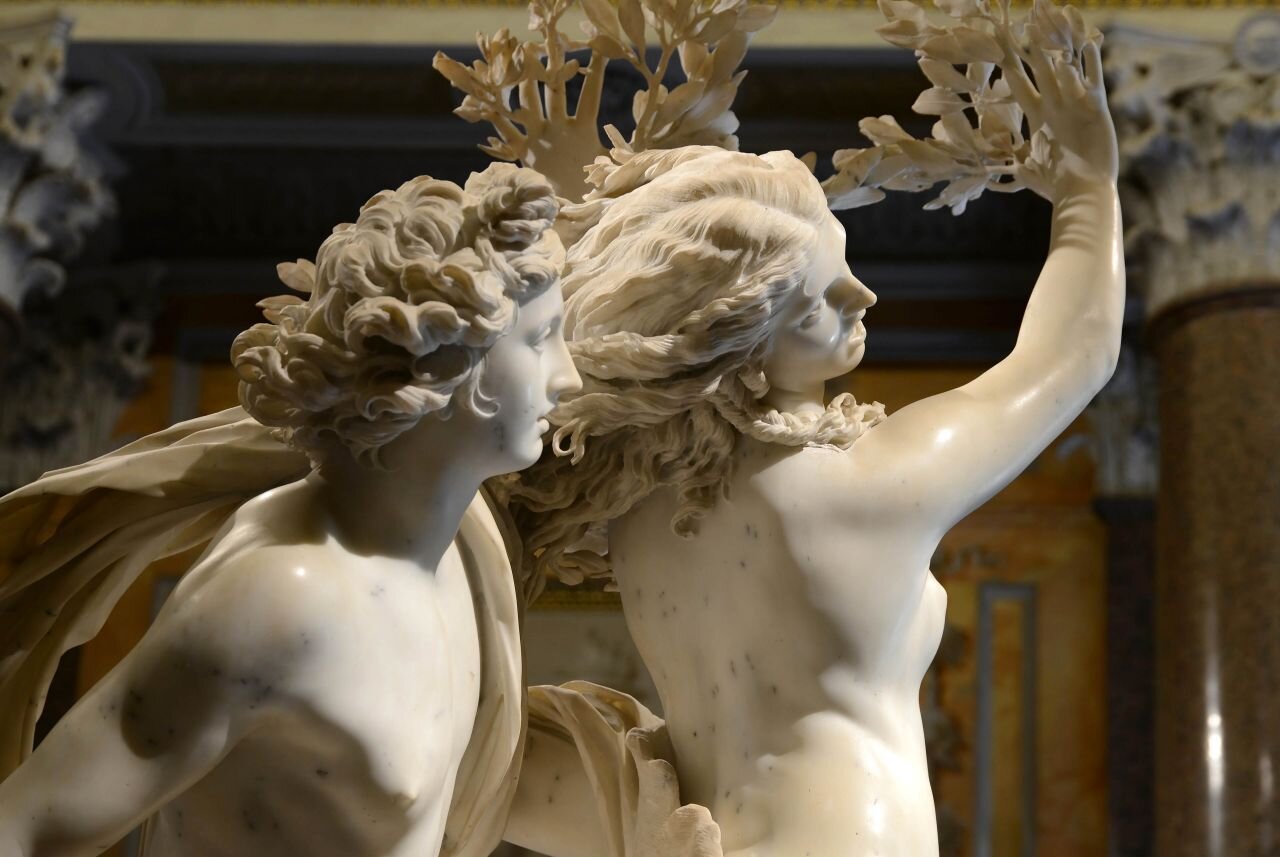
.
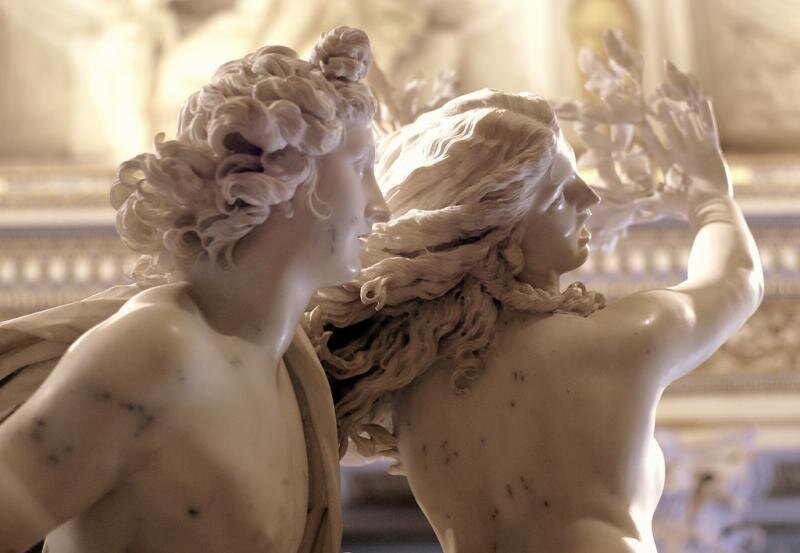
.
